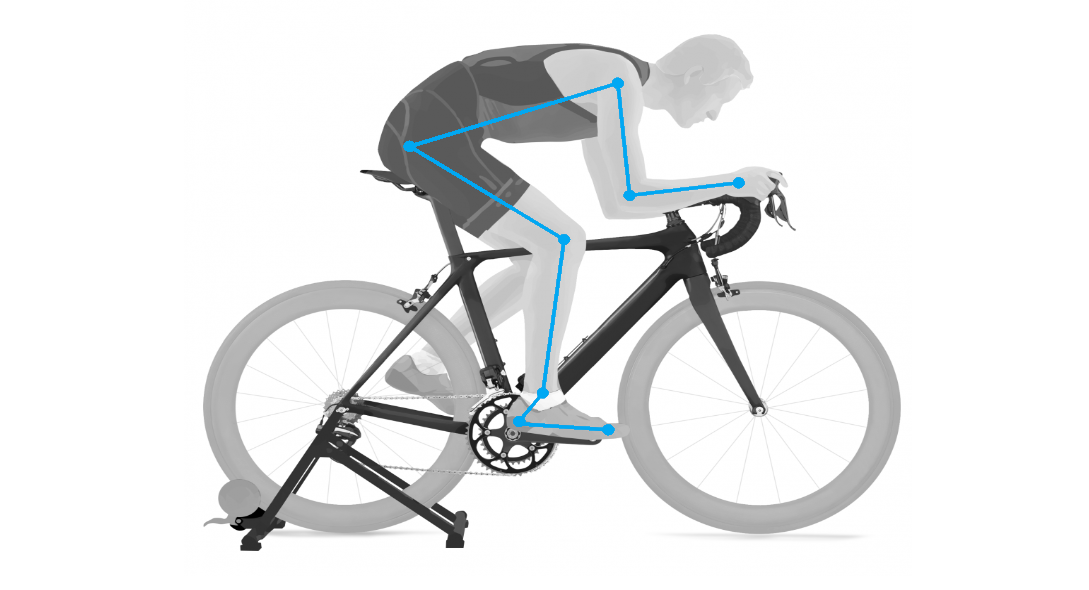A good bike fit analysis is all about setting the athlete up perfectly for their training and/or competition requirements.
Bike fitting pays off
An athlete who primarily takes on six-hour mountain pass tours sits very differently on a road bike than an ambitious short-distance athlete who reels off 40 km on a flat course, or an Ironman who has to endure 180 km in the same position. Basically, the shorter the time range of use, the more extreme a seating position may be. This means it is more decisive it is to pay attention to the best possible aerodynamics. With optimized aerodynamics, it is possible to ride a lot faster with the same amount of power. However, you need to account for the fact that in extremely aerodynamic positions, you transfer less power to the pedals. Professional and very ambitious athletes must therefore regularly work on their agility and athleticism so that they can ride in aerodynamically optimized positions at all.
In the case of Ironman athletes, comfort plays an essential role due to the long periods of stress. The attempt made to optimize aerodynamics can be a secondary concern in fitting. finding the correct position for you this is exactly the job of the bike fitter: He must find out the individually optimal compromise in relation to the requirements. A bike fitting is therefore definitely worthwhile even for less ambitious athletes. Even touring riders can get a lot of comfort out of a precise analysis in the area of seat comfort, shoulder and hand position, which pays off.
Text from FITforLIFE – This blog post was provided to us by the Swiss magazine FIT for LIFE. If you want to read regularly informative knowledge articles in the field of running and endurance sports, click here.

You might also be interested in automatic cycling power zones or in our article about smooth pedaling.
